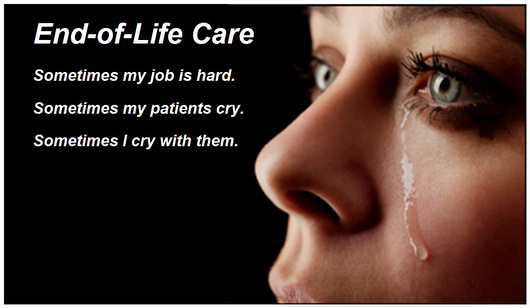 Have you experienced the death of a patient?
Have you experienced the death of a patient?
It hurts.
You’ve shared part of my journey with a special patient in previous blogs.
We cried together when she was diagnosed with Pancreatic Cancer in January of 2011. They gave her six months to live. (Complementary versus Alternative)
She and I worked together with her oncology team. They worked on fighting the cancer. She worked on good nutrition and maintaining a healing lifestyle. I worked on helping to balance her meridians through the process. (Surviving Chemotherapy)
She was a wonderful lady and I was blessed to serve her until the end.
*****
It’s a hard subject.
Birth and death are two things we all have to experience in this earthly existence.
While in college, I had the opportunity to intern at San Diego Hospice. There were many who chose not to take this internship, simply because they were afraid. I’ll admit, I was a bit hesitant at first, but I’d never trade my hospice internship experience. I learned SO much.
Are you comfortable treating patients who are dying?
In today’s blog, I’ll share some helpful acupuncture strategies relating to chemotherapy and end of life symptoms I learned while interning in San Diego with an amazing supervisor, Erin Raskin, L.Ac..
I keep this information tucked safely in a file so I can refer to it as needed.
Each time a hospice patient shows up in my clinic, I’m glad I have it. Maybe some of my clinical resources will be helpful to you too.
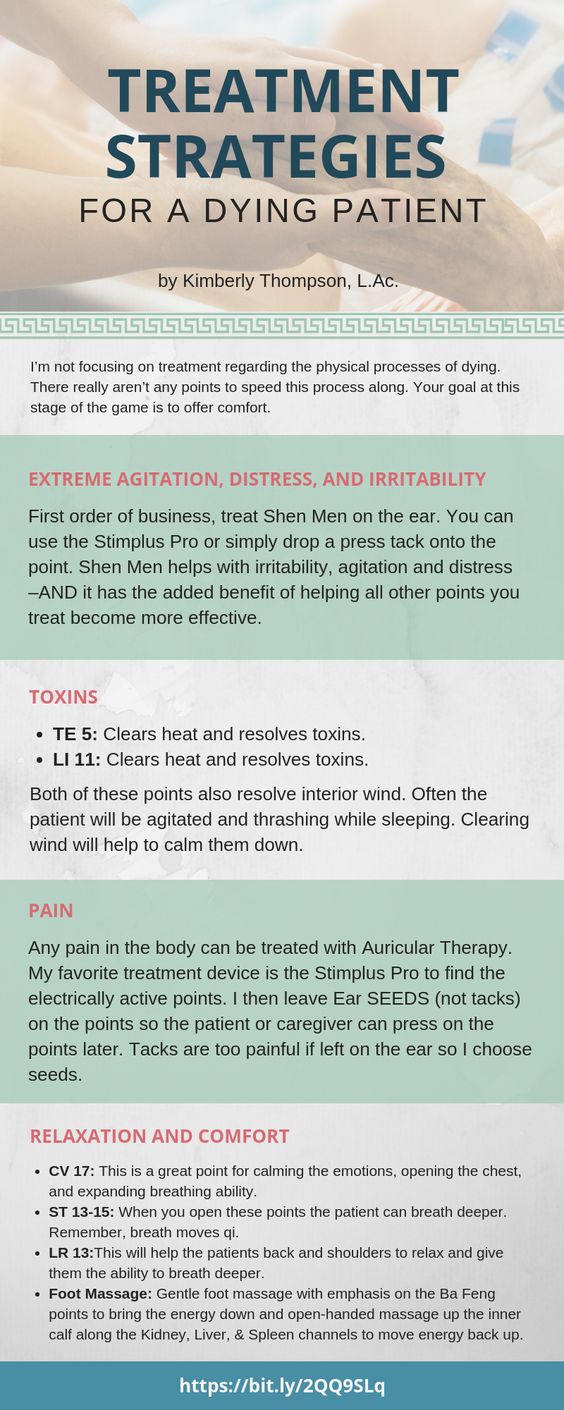
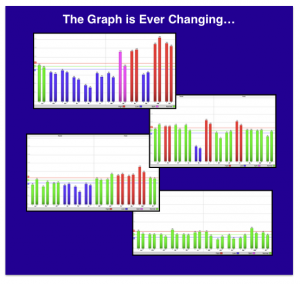 ROOT: Organizing Energy
ROOT: Organizing Energy
The body is amazing. I learned through my hospice experience that energy needs to be “organized” in order for the patient to comfortably let go during the dying process.
A lot of our hospice treatments involved creating order so the body could shut down comfortably. (I’ll be writing another blog about this soon.)
I’ve found AcuGraph to be very valuable for end-of-life treatment strategies. The graphs typically change quite often as the body transitions.
My approach is always to first treat the imbalances, and then deal specifically with symptom relief.
Patients and family members appreciate seeing and understanding my approach to treatment.
BRANCH: Symptom Relief
Nausea
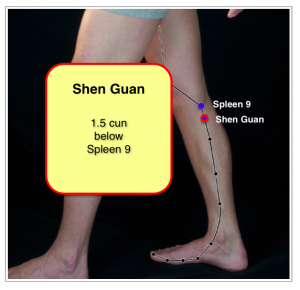 Pericardium 6 is regulatory, so test it first and see if it helps or makes things worse. If it helps it’s great, but often it makes symptoms of nausea worse.
Pericardium 6 is regulatory, so test it first and see if it helps or makes things worse. If it helps it’s great, but often it makes symptoms of nausea worse.- Tui Na (or massage) up the Spleen and down the Stomach channel.
- Anchor qi at the feet via the Ba Xie points.
- Spleen 9 and Shen Guan, which is an extra point 1.5 cun distal to Spleen 9.
- Massage DOWN the back from the thoracic spine to the sacrum. (Do NOT rub up and down.)
Constipation
- Constipation causes a lot of unnecessary pain. I’ve seen patients who would be allowed to leave the hospice facility and go home IF they could have a bowel movement.
- Rub the belly clockwise, in the direction of the bowel.
- If they are still eating, try chia seeds in water which turn to gel.
- If ambulatory, get them moving safely and often.
- Triple Energizer 6, Kidney 6, Stomach 37.
- Auricular: Constipation area.

Edema
- This is because fluids and lymph are not moving.
- Massage the limbs towards the groin and the armpits.
- Treat any tender points along the Triple Energizer and the Spleen channels. Favorites of mine are TE 6 along with SP 6, 7, 8 and 9.
- When a patient decides to accept end-of-life care, mechanisms such as chemotherapy and radiation to decrease the size of the tumor are typically suspended. Often the size of the tumor will increase quickly, causing pain.
- Figure out which meridian is related to the pain. Treat the Xi Cleft or the Shu Stream points for that meridian.
- Auricular: Brain for pain, Sympathetic Autonomic Point, Point Zero, and any ashi areas such as the lumbar spine, abdomen, pancreas, thoracic spine, cervical spine, etc.
Fear and Anxiety
- Yin Tang to calm the mind.
- Then add Shen Men and choose the following ear points according to the predominant emotion…
- Fear: Kidney
- Anxiety, Worry, Over-thinking: Spleen
- Anxiety, Mania: Heart
- Massage.
- Music, singing therapy, art therapy, pet therapy.
- Aromatherapy: Lavender, Rose.
All and/or MOST of the Above Symptoms
- Left ear: Kidney, Spleen, Triple Energizer.
- Right ear: Pericardium or Heart, Stomach.
*****
You never know when you will need to help a patient transition through end-of-life care. The most important thing to remember is this:
Don’t be AFRAID. It can actually be a beautiful experience.
Honestly, my hospice patients taught me just as much about life as they did about dying…
With that, I’ll have to leave you looking forward to Part II!
I’ve got a couple more blogs to write on this subject, so stay tuned.
Make sure you share your hospice/end-of-life clinical experiences in the comment section below, so we can all learn from each other.
 If you want to learn more about how AcuGraph helps patients and their loved ones understand your treatments – click here!
If you want to learn more about how AcuGraph helps patients and their loved ones understand your treatments – click here!
Part 2 of this series is now available – Click Here!

Kimberly Thompson, L.Ac.
Acupuncture Research Analyst
Miridia Technology
@acukimberly
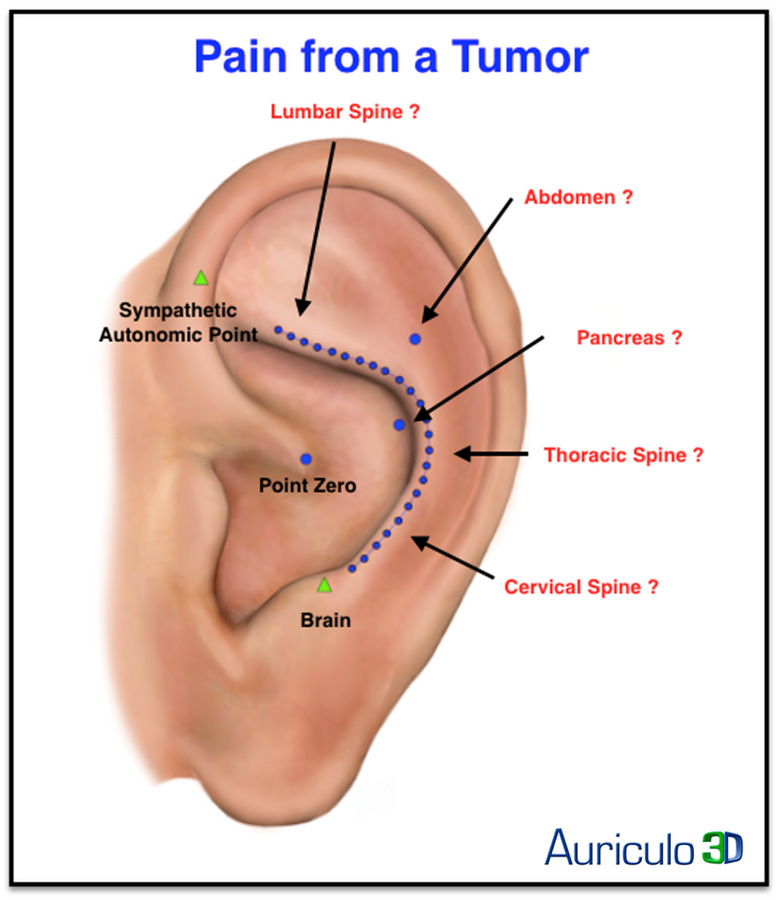
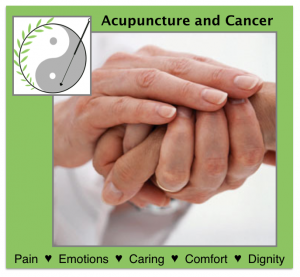

One Reply to “Death… It’s a Hard Subject: Part 1”